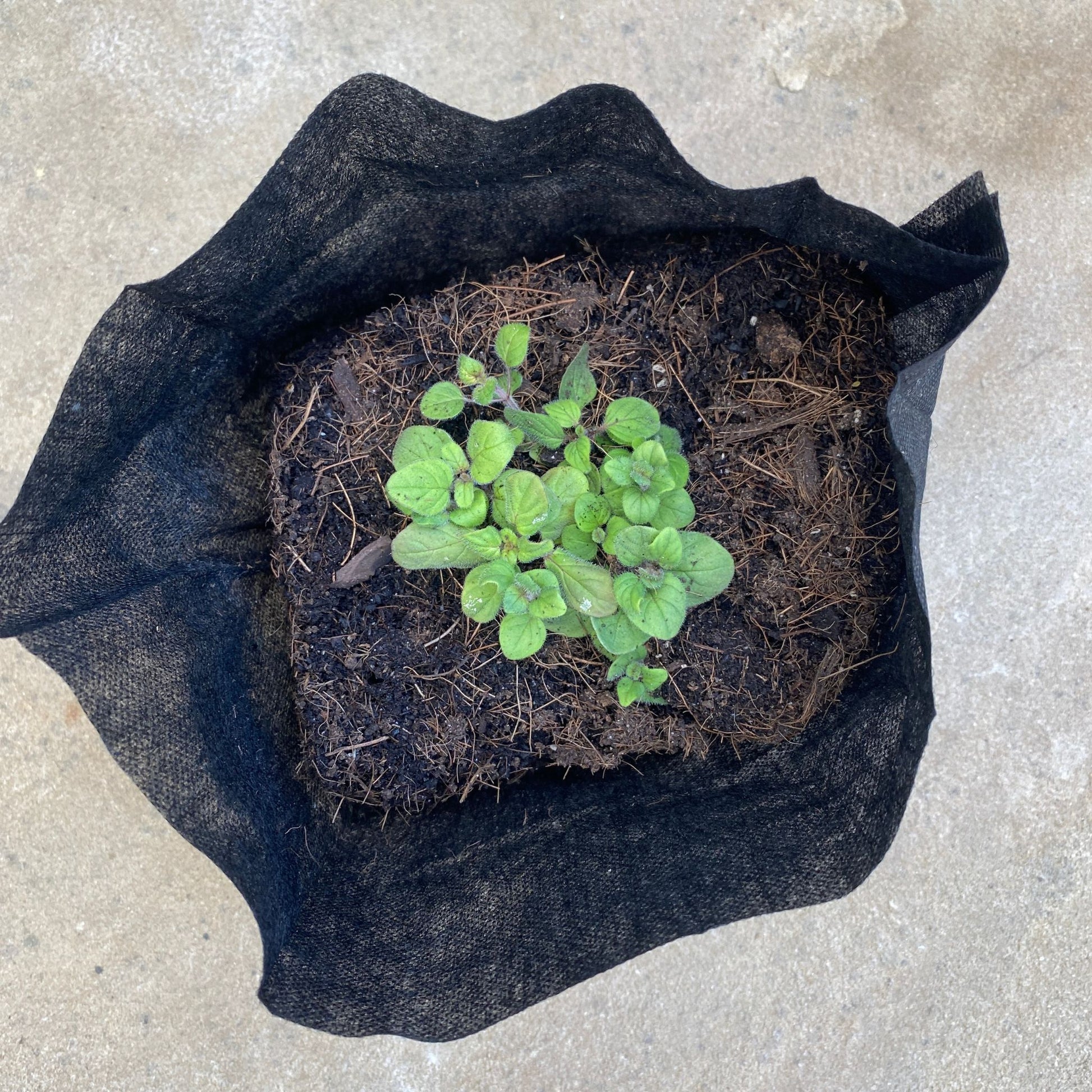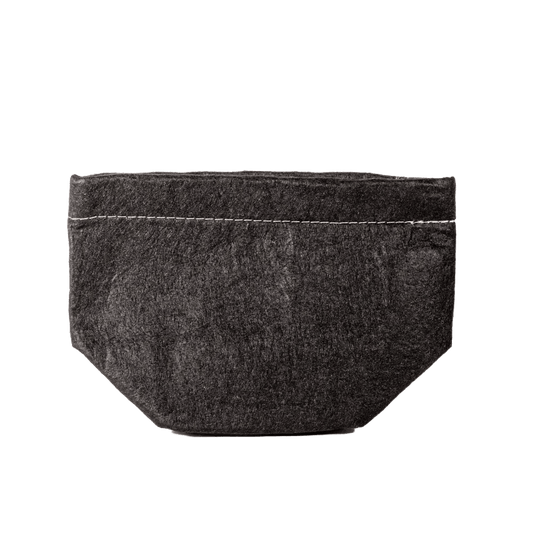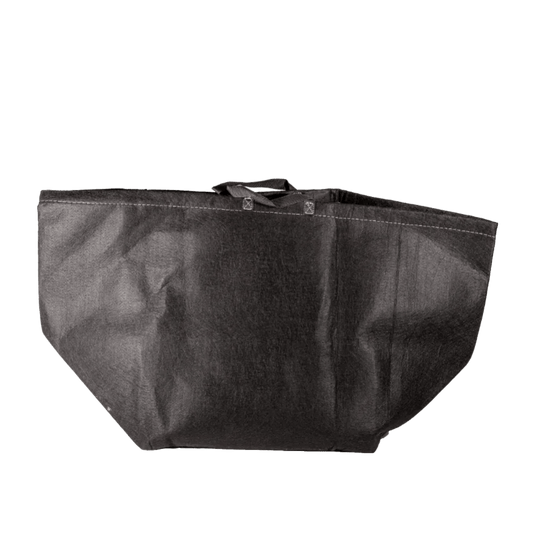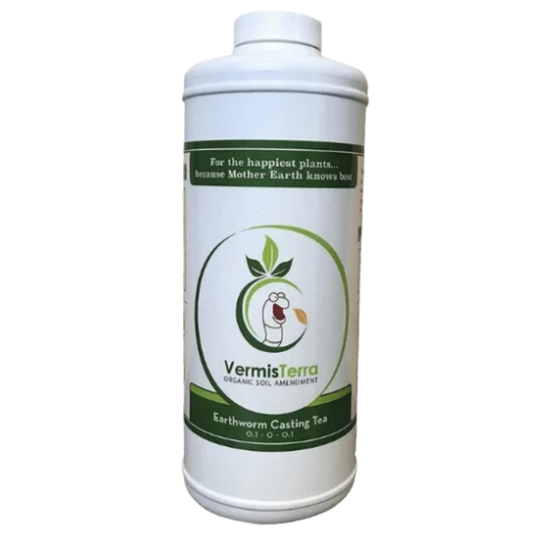Sutherland Kale
Sutherland Kale
6-8 Weeks Mature
Free Shipping for 12+ Seedlings
Sutherland Kale is a 2" organically grown kale variety with tender, ruffled leaves and a sweeter flavor. Thrives in grow pots, containers, and planted walls—great for sautés, soups, and green juices.
Contains calcium, fiber, and vitamins A and K for strong bones and detox support.
Fun Fact: This lesser-known variety is prized for its tenderness and rapid regrowth.
Organically grown and shipped with care—ready to nourish your body and plate.
Growth Timeline
Growth Timeline
- Growing Season: Year Round (in mild climates)
- First Harvest: You may start picking leafs as soon as there are at least 3 mature leaves (4-5" long), which takes about 3-4 weeks. Always keep at least 3 leaves on plant for vegetative growth to continue.
- Final Harvest: 8-12 weeks
Growing Zone
Growing Zone
Most leafy greens like the cooler temperatures, but they can generally grow year-round. You want to be aware of the extreme temperature ranges in your region. Refer to the guidelines below:
COLD CLIMATES
- If you live in a location where the temperatures dip below freezing, hold off on growing until night temperatures are consistently in the 40's.
- On the occasional dips into the 30's, you can cover your seedlings with a sheet overnight.
WARM CLIMATES:
- If you regularly experience temperatures above 90 degrees for long periods of time, you may want to focus on herbs and heat-tolerant fruiting plants (tomatoes and peppers) during the heat intensive months.
- Once temperatures are consistently in the 80's, you can start growing leafy greens.
To find out what extreme temperatures your location experiences, check out the USDA zone for your region.
More Leafy Green Tips
More Leafy Green Tips
- Best Planted Wall Placement: Any level
- Watering: keep soil consistently moist.
Couldn't load pickup availability
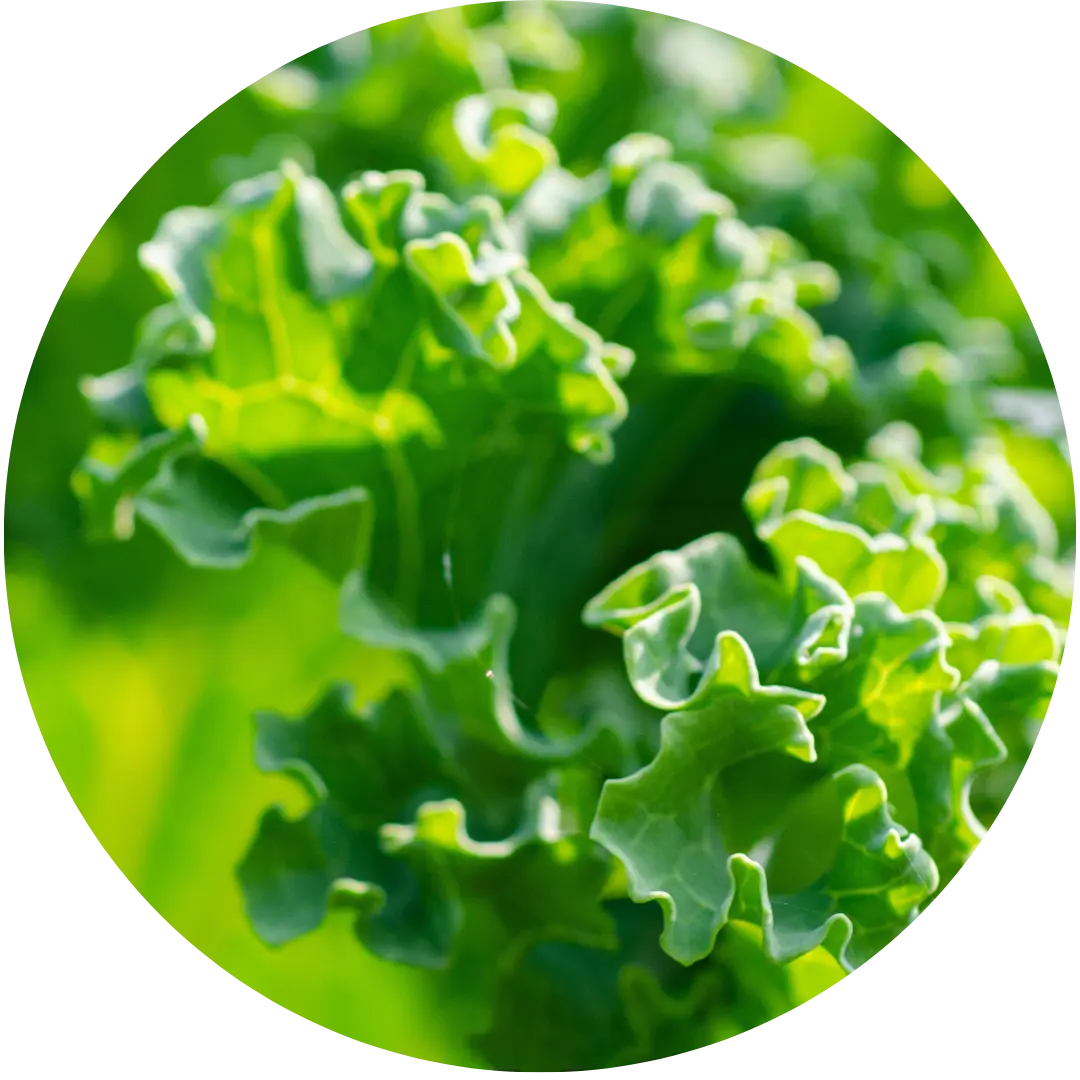
We take great care to ensure our seedlings are healthy and well-established before they’re shipped. Seedlings typically arrive within 1-4 days. For more information, see our shipping policy.
Need planting help?
Get your plants in-soil, ready to slip right into your Planted Wall or container pots.
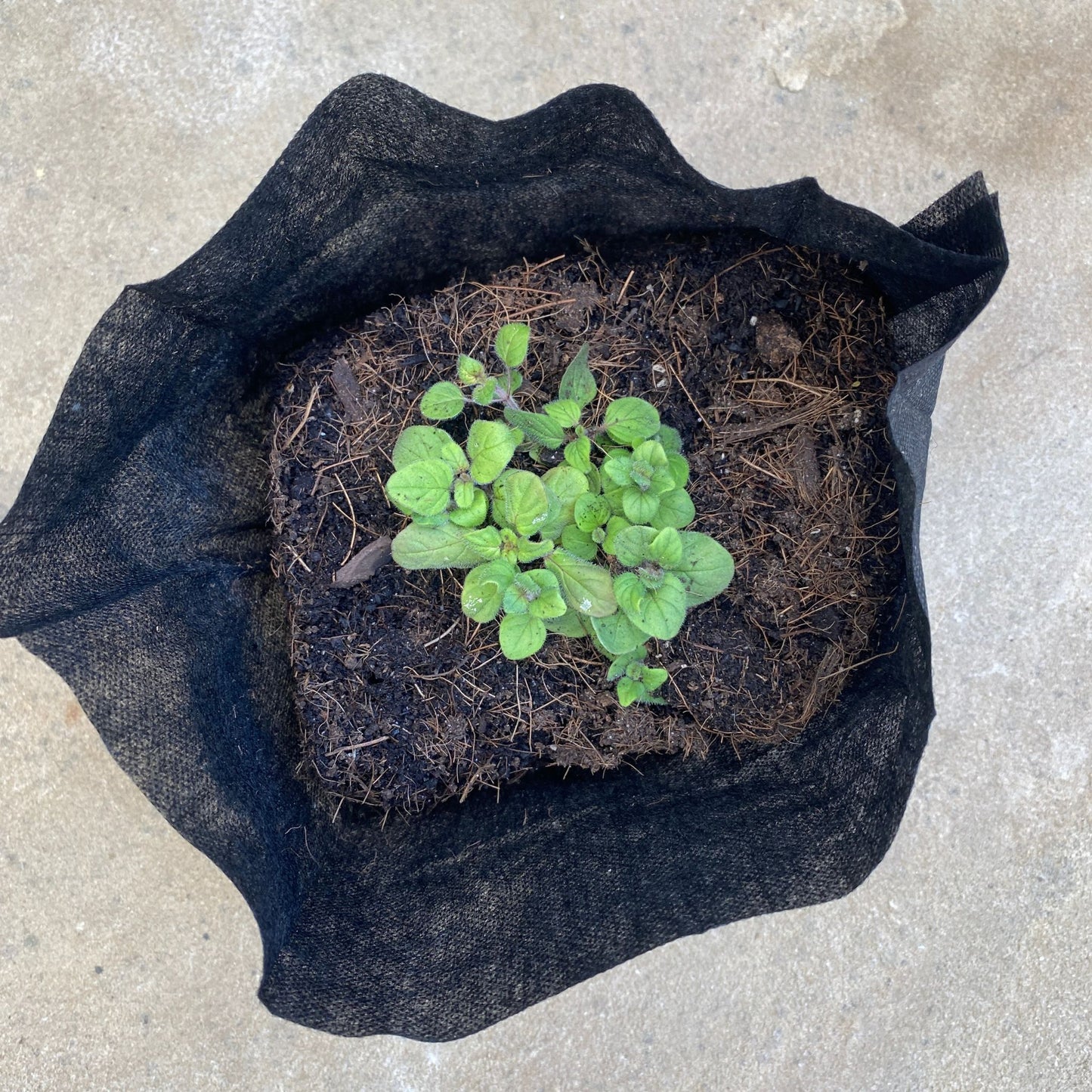
More for your seedling:
-
1/2 Gallon Grow Pots - Pack of 6
Regular price $15.00Regular priceUnit price / per -
1/4 Gallon Grow Pots - Pack of 2
Regular price $5.00Regular priceUnit price / per -
15 Gallon Grow Pot
Regular price $15.00Regular priceUnit price / per -
6.75" Eco Pot Saucer – Mocha
Regular price $3.00Regular priceUnit price / per -
7 Gallon Grow Pot
Regular price $10.00Regular priceUnit price / per -
7" Eco Pot – Mocha
Regular price $15.00Regular priceUnit price / per -
Cape Cod White Galvanized Steel Planter Tray
Regular price $31.00Regular priceUnit price / per -
Copper Windowsill Planter Tray
Regular price $52.00Regular priceUnit price / per -
Earthworm Casting Tea – 1 Quart
Regular price $24.00Regular priceUnit price / per -
Eco-Pot Trio Box
Regular price $21.00Regular priceUnit price / per


